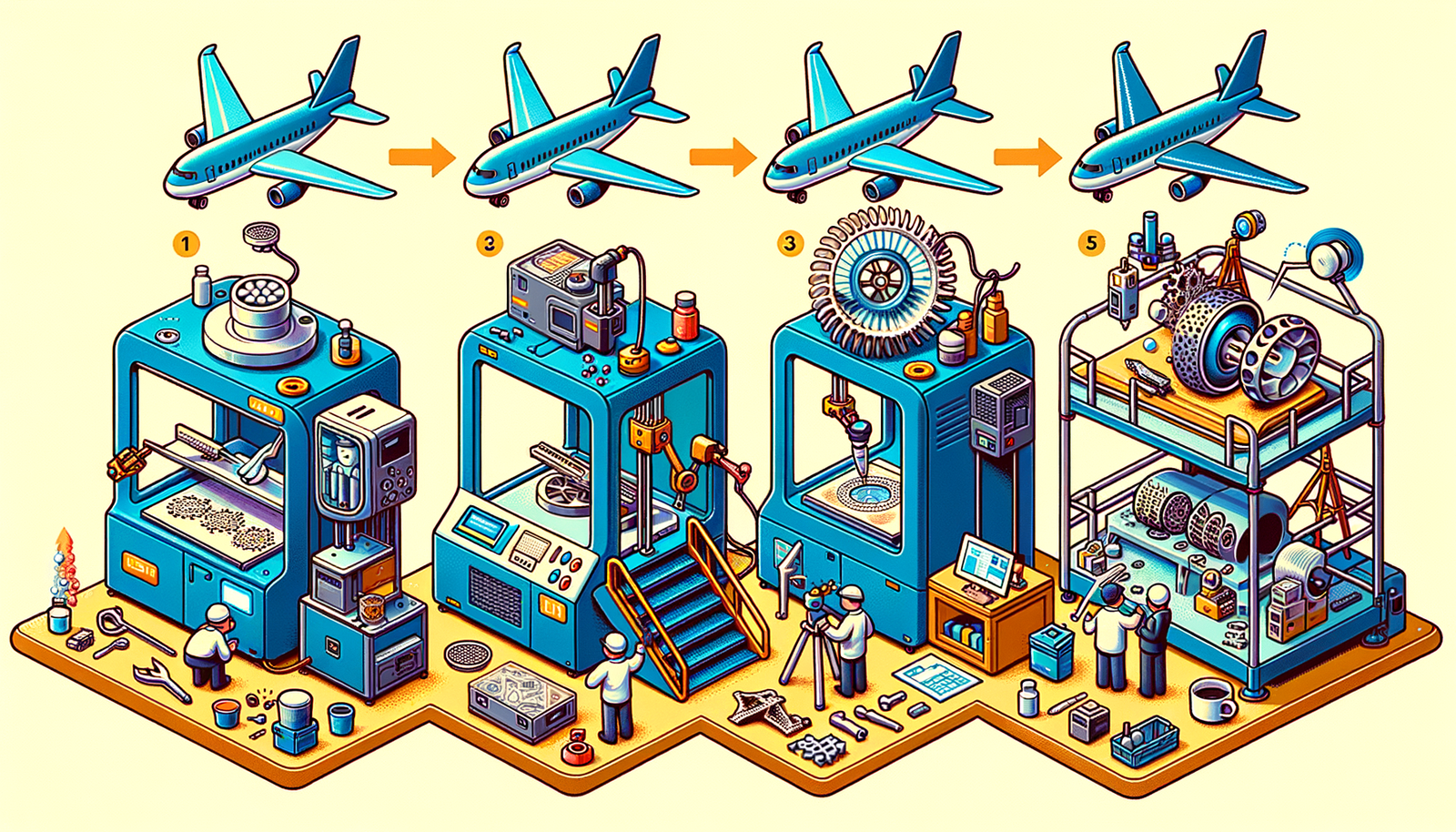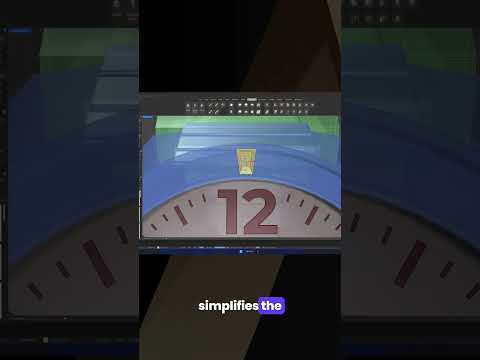Your Cart is Empty
Customer Testimonials
-
"Great customer service. The folks at Novedge were super helpful in navigating a somewhat complicated order including software upgrades and serial numbers in various stages of inactivity. They were friendly and helpful throughout the process.."
Ruben Ruckmark
"Quick & very helpful. We have been using Novedge for years and are very happy with their quick service when we need to make a purchase and excellent support resolving any issues."
Will Woodson
"Scott is the best. He reminds me about subscriptions dates, guides me in the correct direction for updates. He always responds promptly to me. He is literally the reason I continue to work with Novedge and will do so in the future."
Edward Mchugh
"Calvin Lok is “the man”. After my purchase of Sketchup 2021, he called me and provided step-by-step instructions to ease me through difficulties I was having with the setup of my new software."
Mike Borzage
Exploring the Revolution of Real-Time Rendering in Design and Visualization
July 19, 2024 3 min read


Introduction to Real-Time Rendering
Real-time rendering technology represents a significant leap forward in how we visualize and interact with digital environments. This innovative approach allows for immediate visual feedback by generating graphics in real-time, transforming the landscape of product visualization. As we move away from traditional rendering methods, which often require lengthy computation times, real-time rendering opens up new possibilities for designers, engineers, and architects by facilitating more dynamic and interactive presentations of their work.
The Technology Behind Real-Time Rendering
At the core of real-time rendering technology lies a complex interplay between hardware and software components. The advancements in Graphics Processing Units (GPUs) have been instrumental in this field, providing the necessary computational power to handle complex visualizations on the fly. Additionally, Application Programming Interfaces (APIs) such as DirectX and Vulkan define how software applications can interact with the GPU, optimizing the rendering process for efficiency and performance. Rendering engines like Unreal Engine and Unity further abstract these complexities, offering designers and developers user-friendly platforms to create high-fidelity visual content in real-time.
The evolution of both hardware and software has been pivotal in advancing real-time rendering capabilities. Today's GPUs are not only faster but also more efficient, capable of rendering detailed 3D environments with stunning realism. Concurrently, rendering engines continuously integrate the latest technological advancements, enabling even more sophisticated visual effects and interactivity.
Applications and Advantages in Product Visualization
Real-time rendering is revolutionizing product visualization across a variety of industries:
- Automotive: Companies use real-time rendering to create interactive 3D models of vehicles, allowing customers to customize and visualize cars in different colors and configurations before purchase.
- Architecture: Architects and designers leverage real-time rendering to present fully navigable 3D models of buildings and interiors, facilitating a more immersive and comprehensive review process with clients.
- Consumer goods: Marketers and designers create dynamic product visualizations that enable customers to interact with products in 3D, enhancing the online shopping experience.
When compared to traditional rendering methods, real-time rendering offers several distinct advantages:
- Time efficiency: Real-time rendering drastically reduces the time required to generate visual content, accelerating the design and review cycles.
- Interactive possibilities: It enables interactive experiences that were not possible with static images or pre-rendered animations, such as exploring a virtual environment or customizing product features in real-time.
- Enhanced collaboration: Real-time visualizations can be shared and explored by teams in different locations, improving communication and collaboration during the design process.
Future Trends and Developments
The future of real-time rendering holds immense potential, with several key trends and developments poised to further transform the field:
Integration with virtual reality (VR) and augmented reality (AR) is creating new opportunities for immersive experiences, allowing users to step into and interact with virtual environments as if they were real. This opens up exciting possibilities for training, simulation, and marketing, among other applications.
Artificial Intelligence (AI) is expected to play a significant role in improving real-time rendering workflows and outcomes. From automating labor-intensive tasks to enhancing the realism of rendered scenes through intelligent algorithms, AI will enable more efficient and sophisticated visualizations.
Technological advancements continue to push the boundaries of what's possible, with future hardware and software innovations likely to further enhance the capabilities of real-time rendering. As these technologies evolve, we can anticipate even more lifelike and interactive visualizations, making real-time rendering an increasingly standard practice in design and visualization processes.
In conclusion, the impact of real-time rendering technology on product visualization and design processes cannot be overstated. By offering unprecedented levels of interactivity, efficiency, and collaboration, real-time rendering is not only changing the way we create and experience digital content but also paving the way for future innovations in the design and visualization fields.
Also in Design News

Design Software History: The Evolution of 3D Printing in Aerospace: From Prototyping to Production
November 27, 2024 7 min read
Read More
Cinema 4D Tip: Optimizing Workflow with Team Render in Cinema 4D
November 27, 2024 2 min read
Read MoreSubscribe
Sign up to get the latest on sales, new releases and more …



